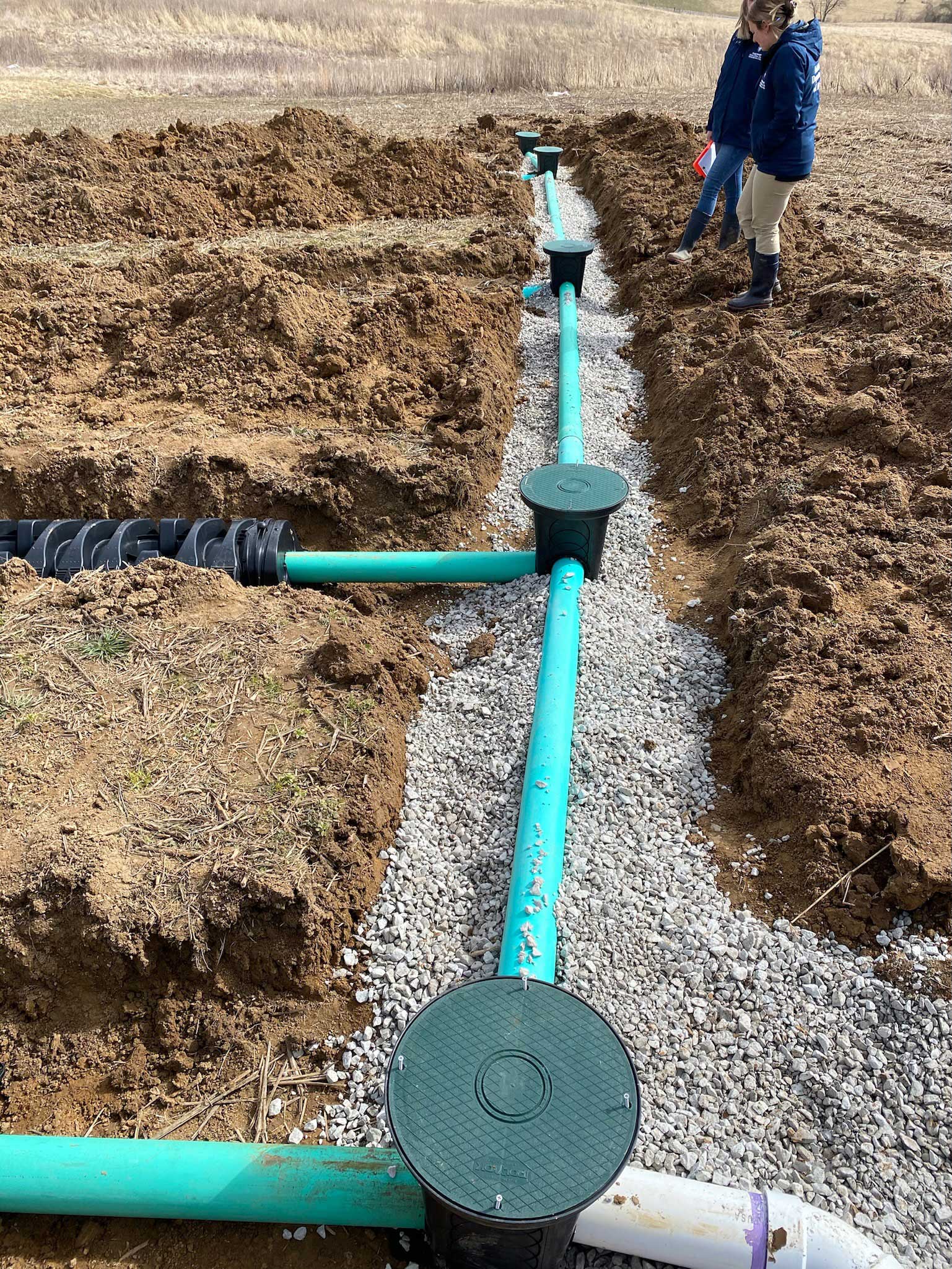Budget-friendly Lancaster Excavation - High Quality Excavation at Competitive Rates
Budget-friendly Lancaster Excavation - High Quality Excavation at Competitive Rates
Blog Article
Extensive Exploration: The Scientific Research Behind Superior Excavation Practices
The realm of excavation techniques is a domain name where science links with workmanship to discover the secrets concealed under the planet's surface area. From old hand devices to modern hydraulic excavators, the development of excavation methods has actually been a testimony to human ingenuity and technological improvements. What absolutely establishes remarkable excavation techniques apart is a deep understanding of geological concepts, combined with the use of innovative tools and approaches. By discovering the science behind these practices, we can uncover the secrets that lie beneath our feet and appreciate the accuracy and know-how that enter into every dig.
Development of Excavation Techniques
Throughout background, the evolution of excavation strategies has actually played a vital duty ahead of time building practices and historical explorations. From the simple tools used by our forefathers to the advanced machinery employed in modern-day times, the progression of excavation techniques has actually substantially changed exactly how we come close to numerous jobs.
In ancient times, hand-operated labor with standard tools such as wheelbarrows, shovels, and pickaxes was the key method of excavation. This labor-intensive procedure restricted the depth and scope of excavations, commonly resulting in slow-moving development and limited accessibility to certain sites. As people advanced, so did the strategies and devices used for excavation.
The Industrial Change noted a transforming point in excavation techniques with the intro of steam-powered equipment. In modern times, modern technology plays a pivotal role in excavation, with developments like GPS systems, drones, and 3D scanning enhancing precision and performance in the area.
Duty of Modern Technology in Excavation

The assimilation of advanced modern technology has basically transformed the area of excavation, enhancing precision and performance to unprecedented degrees - septic ohio. One of the essential technical innovations that has substantially impacted excavation practices is the use of General practitioner systems.
Additionally, the development of 3D modeling and simulation software has structured the preparation procedure for excavation projects. Engineers and drivers can now imagine the entire excavation process before beginning, recognizing potential challenges and enhancing workflow. In combination with this, the application of drones in excavation tasks has helped with airborne studies, volumetric dimensions, and site evaluations with unparalleled rate and precision.
Geological Principles in Excavation
An understanding of geological principles is necessary for making certain the architectural honesty and security of excavation sites. Geological factors play a critical duty in determining the feasibility and safety of excavation projects (lancaster trenching). One crucial geological concept to take into consideration is the kind of soil or rock present at the site. Various soil kinds, such as sand, gravel, or clay, have differing levels of stability and need different excavation strategies. Cohesive dirts like clay might call for added assistance to stop collapses, while sandy soils may be vulnerable to disintegration during excavation.
By carrying out detailed geological surveys and analysis, designers and excavators can develop strategies to reduce risks and guarantee the effective conclusion of excavation jobs. Inevitably, integrating geological concepts right into excavation methods is crucial for More hints accomplishing risk-free, effective, and sustainable results.

Latest Tools for Excavation
In the realm of excavation techniques, modern innovations in devices have changed the efficiency and accuracy of excavation procedures. These drones can supply in-depth airborne surveys of excavation sites, providing real-time information on topography and potential risks.
Another cutting-edge device gaining popularity is the implementation of 3D printing innovation for producing personalized excavation equipment. This enables for the production of specialized tools that are customized to page the certain demands of a project, increasing performance and decreasing downtime.
Furthermore, improvements in materials scientific research have brought about the growth of stronger and more long lasting excavation tools. lancaster excavation. Tungsten carbide-tipped excavator attachments, for instance, deal remarkable performance in tough ground problems, improving productivity on-site
Science's Influence on Excavation Practices

Additionally, clinical study on dirt mechanics and geotechnical engineering has supplied valuable insights right into dirt actions, permitting excavation professionals to make educated decisions relating to excavation approaches and dirt stabilization techniques. Generally, scientific research proceeds to drive innovation and enhancement in excavation methods, making excavation tasks more efficient, economical, and lasting.

Final Thought
In verdict, the development of excavation methods has been significantly influenced by developments in technology and a much deeper understanding of geological concepts. The most current devices and devices utilized in excavation have improved performance and accuracy in the field. The application of scientific expertise has considerably enhanced excavation Extra resources techniques, resulting in more effective and lasting techniques for excavating numerous kinds of materials.
In the world of excavation techniques, modern technologies in devices have actually reinvented the effectiveness and precision of excavation processes. By leveraging scientific principles, the excavation industry has been able to dramatically boost effectiveness, accuracy, and safety in excavation processes. GPR permits excavation teams to non-invasively scan and map subsurface structures, energies, and prospective risks, enabling them to prepare excavation jobs with greater accuracy and minimized danger of accidents.
In addition, scientific research on dirt auto mechanics and geotechnical engineering has actually offered useful insights right into soil actions, enabling excavation professionals to make educated decisions pertaining to excavation methods and dirt stabilization strategies. Generally, science proceeds to drive advancement and renovation in excavation methods, making excavation tasks much more effective, cost-effective, and lasting.
Report this page